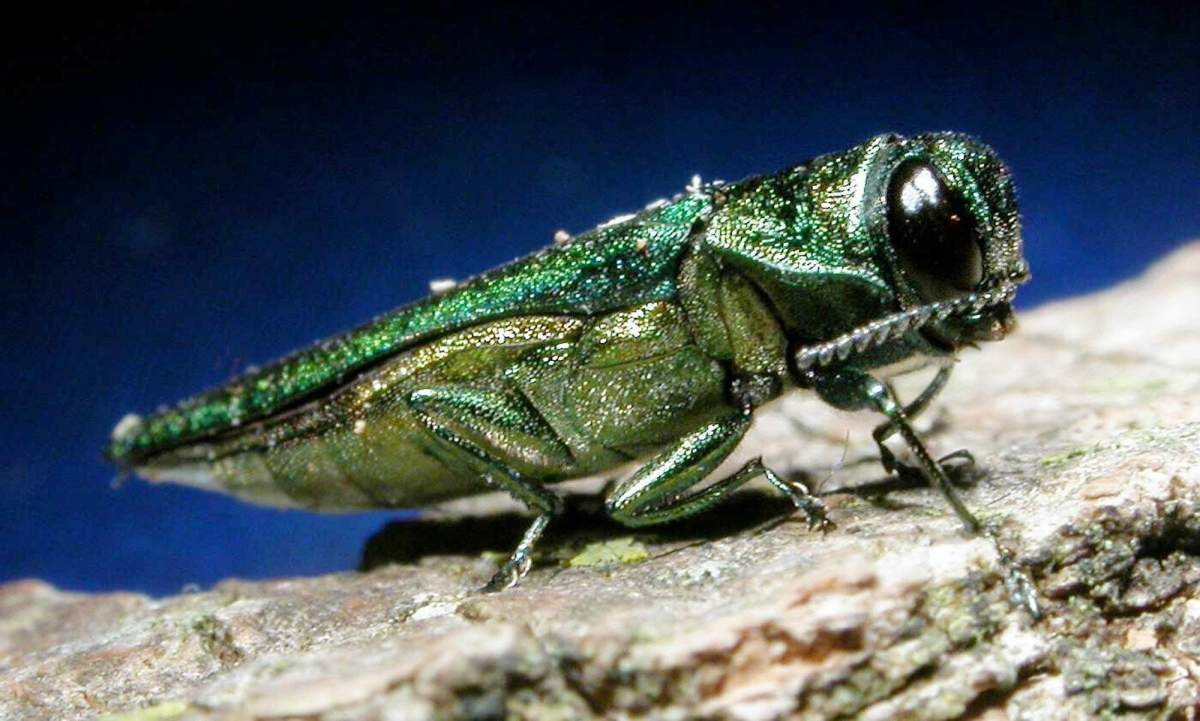The City of Fredericton says it’s concerned for its parks after detecting a new threat to ash trees: the emerald ash borer.

The beetle first found its way to North America in the 1990s, and has since killed millions of ash trees on the continent.
It was first detected in Fredericton earlier this month. Now, the City says it is taking action to limit the spread of the beetle.
“Select significant City trees will be identified for treatment,” read a Fredericton news release on Thursday.
“This is not a long-term solution, however, and it is not available for all ash trees on City property due to the expensive nature of the treatment. Homeowners may choose to treat their ash trees.”
According to Natural Resources Canada, up to to 99 per cent of all ash trees are killed within 10 years once the beetle arrives in an area.
“Emerald ash borer infestations cause significant ecological and economic impacts in forested and urban habitats,” reads the NRC website.
The impact can mean losing urban canopy, which can increase homeowner heating and cooling costs and can also affect people with respiratory illnesses, NCR says.

Get daily National news
Fredericton says it has been monitoring the insect’s movement across Canada since 2008.
NCR says that no North American natural predators or parasites have been able to slow the spread of the emerald ash borer — or keep trees from being killed by it.

The pest was found in Edmundston in 2018, and that year Fredericton asked City staff to create a plan on minimizing the impact of the beetle.
In addition to treating select trees, the City said in Thursday’s release it will need to remove trees.
“Removal of ash trees will be necessary to control the rate of spread of the insect and minimize the risk to public safety,” the release said.
“It is recognized that neighbourhoods with a large ash proportion will be impacted greatly.”
However, Fredericton’s plan calls for different tree species to be replanted if an ash tree is removed.
“Staggered removal and replanting of trees, over several years, will result in the least impact on the City’s tree canopy and create a more disease resistant urban forest.”









Comments